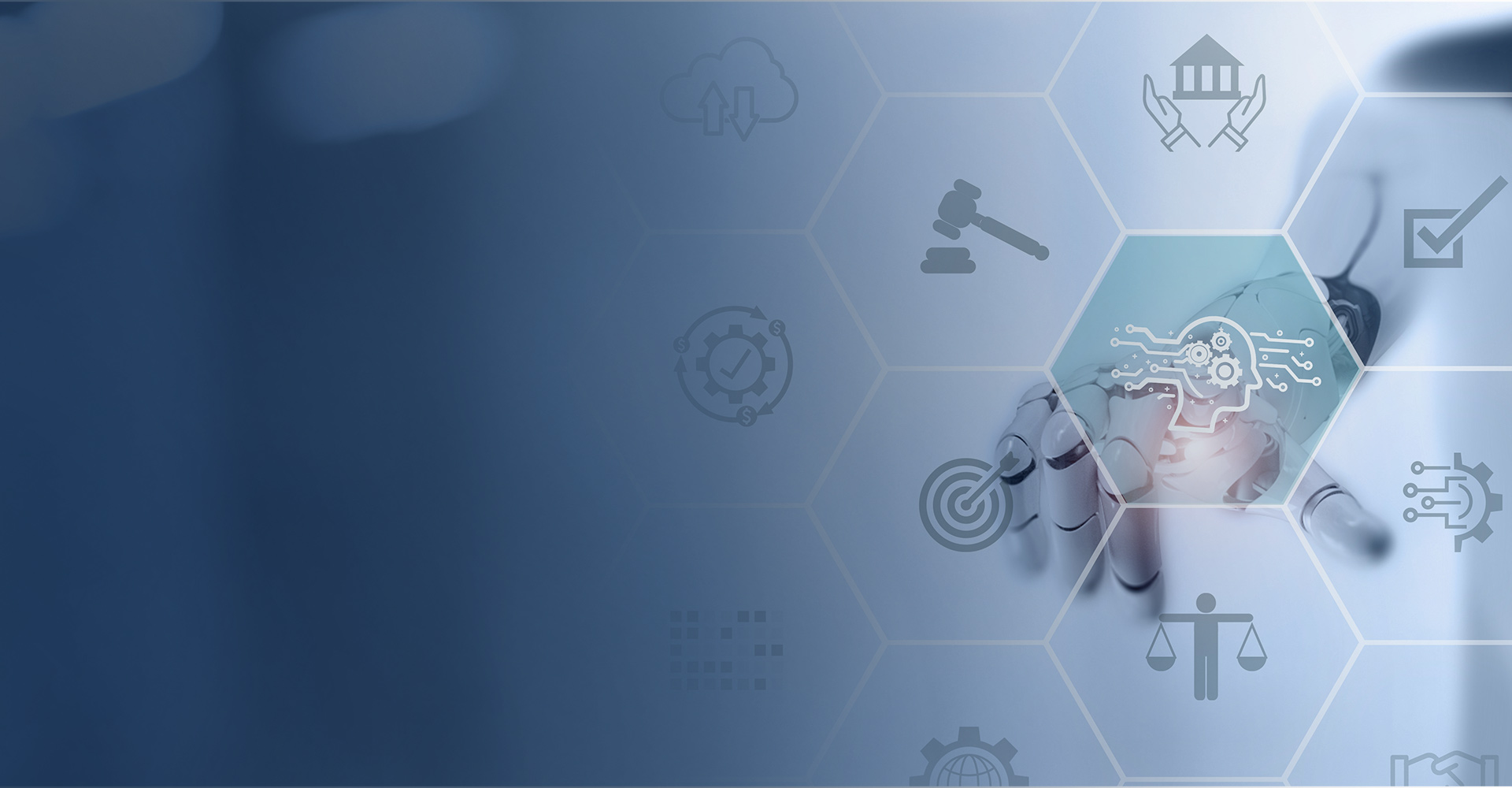Today’s insurance industry is experiencing the most challenging economic business environment. This impacts how the insurance companies operate their business, compete with their peers, and serve their customers.
To remain competitive, insurers are proactively addressing these challenges through strategic investments in technology with a focus on gaining efficiency, in addition to a customer-centric approach, risk management practice, and regulatory compliance.
Industry experts view the adoption of intelligent automation as a solution to various challenges in the insurance sector. This technology is already driving significant transformations in the industry.
According to Gartner’s research, 80% of CEOs are ramping up digital technology investments to address current economic challenges, including inflation, talent shortages, and supply constraints.
85% of insurance organizations see digitization as their top strategic priority.
Organizations will lower operational costs up to 30% by combining hyper-automation technologies with redesigned operational processes by 2024.
Insurance companies can choose to automate each process area using Robotic Process Automation (RPA) and AI or they can implement an end-to-end solution such as Guidewire Insurance Suite.
Top 8 insurance areas where Automation and AI can reduce costs and increase efficiency & accuracy

1. Policy Application processing
- Data Collection and Entry: Robotic Process Automation in insurance can extract and input data from application forms, emails, or other sources into the insurance system, eliminating manual data entry efforts and cost.
- Data Validation and Verification: Natural Language Processing (NLP) algorithms can analyze and validate unstructured data, such as scanned documents or handwritten forms. Bots can cross-reference applicant data with external databases or sources for identity verification and data validation. Jade’s Kanverse Hyper-automation AI solutions provide out-of-the-box solutions for automating all these processes to provide speed, accuracy, and efficiency.
2. Underwriting
- Risk assessment: AI can process vast amounts of data, including policyholder information, historical claims data, and external data sources like weather reports and social media, to assess risks more accurately.
- Premium Calculation: Machine learning models can predict the likelihood of claims and calculate appropriate premiums based on individual risk profiles.
- Underwriting Rules Engine: Automated underwriting rules engine for making quick decisions on policy approval, rejection, or referral for further review.
- Personalization and Dynamic Pricing: AI can be used to analyze the vast customer data to personalize insurance policies. Automation of dynamic pricing can be done, based on individual risk profiles and behavior, by adjusting premiums in real-time based on changing risk factors.
3. Policy Issuance & Billing
- Automated Document Generation: RPA can be used to automate the generation of policy documents, policy contracts, terms and conditions, and coverage details. Natural Language Generation (NLG) automation can generate text from the data.
- Document Review & Validation: AI can be used to review and validate policy documents for accuracy and regulatory compliance. Furthermore, electronic signatures for policy acceptance can eliminate the need for physical paperwork.
- Automated Billing: Robotic Process Automation in insurance can be built to automate billing processes, such as premium calculations, payment schedules, recurring payments, and reminders, for timely premium collection.
4. Claim Processing
- Claims document processing: Optical character recognition (OCR) and natural language processing (NLP) can be used to extract and validate data from documents such as receipts, invoices, medical reports, etc. This makes the process fast and accurate, reducing fraud leakage and administrative costs.
- Automate Claim Prediction: Use machine learning algorithms to create predictive models. This can be done by considering various factors such as age, occupation, driving behavior, geography, health status, etc. These models are used to predict the likelihood of claims based on historical data, enabling insurers to allocate accurate reserves and resources efficiently.
- Claims settlement: Virtual assistants and chatbots can be used to guide the customers through the FNOL (First notice of loss) and claims reporting process. Machine learning models can assess the validity of claims and calculate payouts, expediting the settlement process. This leads to a notable enhancement in customer satisfaction, accompanied by increased operational efficiency.
5. Fraud Detection & Prevention
- AI-Powered Fraud Detection: AI models and advanced analytics can be used to detect fraud patterns more accurately and efficiently, helping insurers save on fraudulent claims.
- Real-time Monitoring: Automation allows for real-time monitoring of transactions and advanced data analytics to analyze activities, flagging potential fraudulent behavior instantly to prevent fraud claims.
6. Customer Service & Engagement
- Customer Service and Chatbots: Natural language processing (NLP) can be used to understand customer queries and respond to their emails and messages. Chatbots powered by AI can be used to provide instant responses to customer inquiries, assist them with policy-related information, and guide them through processes such as transactions, renewals, claims processes, and so on.
- Customer Retention and Cross-selling: AI-powered predictive models can be deployed to predict when a customer may be at risk of churning and suggest retention strategies. Advance analytics can be used to analyze customer data to identify opportunities for cross-selling or upselling additional automated insurance solutions.
7. Regulatory Compliance & Reporting
- Automated Reporting: Automation can be used to collect and process the data to generate regulatory reports, ensuring accuracy and timeliness. This can save a lot of time and resources compared to manual data collection and reporting. This can also be used to address the ever-changing regulatory scenarios such as climate-related regulations.
- Compliance: AI can assist in monitoring and identifying areas where compliance may be at risk to help reduce compliance-related penalties.
8. Data Analytics
- Customer data analytics: AI can help manage and analyze the vast amount of data generated in the insurance industry, leading to better decision-making. This includes policy data, customer data, behavioral data, claims history, market trends, etc.
- Trends, Risks, and Social Data: AI and advanced analytics can be used to analyze vast datasets to identify emerging risks and trends. It can process unstructured data from news articles, social media, and industry reports to identify potential risks & opportunities.









